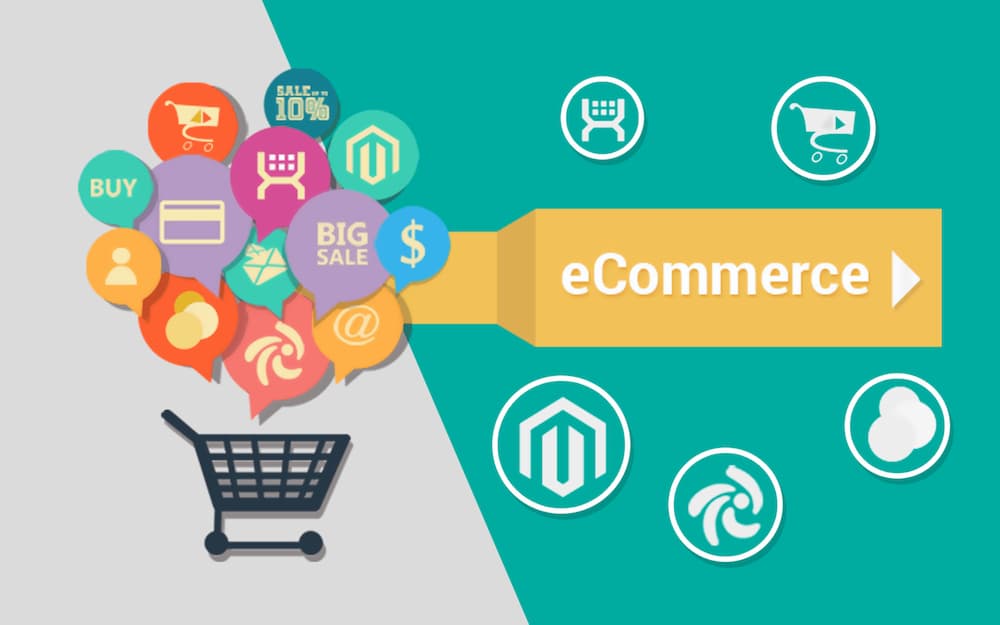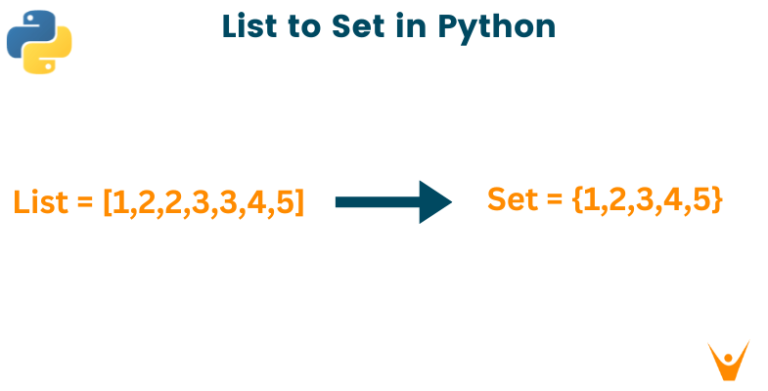E-commerce Icon Trends in 2024: How to Stay Ahead of the Curve
E-commerce icons, the small yet impactful symbols on websites and apps, play a vital role in online businesses. They significantly influence customer behavior, conversion rates, and brand loyalty.
In this article, we, OnextDigital, will delve into the emerging e-commerce icon trends anticipated to redefine online shopping in 2024. Moreover, we will also offer valuable tips and best practices for e-commerce businesses to effectively embrace and capitalize on these trends. Adapting to the latest e-commerce icon trends can help create a distinctive and memorable online shopping experience, differentiating your business from competitors.
What are E-commerce Icon Trends and Why are They Important?

E-commerce icon trends represent the evolving landscape of icon design and usage within online marketplaces. These trends mirror customer preferences, industry innovations, and brand values and visions. They play a crucial role for online businesses, aiding in:
- Attracting and retaining customers through a visually appealing and easy-to-navigate interface.
- Communicating your brand identity and message effectively with carefully selected icons.
- Improving customer journey and satisfaction by employing clear, intuitive, and responsive icons.
- Setting your brand apart from competitors with distinctive and memorable icons.
E-commerce Icon Trends in 2024
Our research identifies several key trends anticipated to influence e-commerce icon design and usage in 2024:
- Voice-activated icons, facilitating customer interaction with products and services through voice commands.
- AI-assisted icons, enhancing customer experience with personalized recommendations and feedback.
- Augmented reality (AR) and virtual reality (VR) icons, allowing customers to visualize and test products prior to purchase.
- Sustainable icons, mirroring the environmental and social commitments of brands and consumers.
Each of these trends, already being adopted by leading e-commerce platforms and brands, will be examined in more detail to understand their impact and implementation.
1. Voice-activated Icons
Voice-activated icons represent a significant advancement in online shopping, enabling interaction through voice commands rather than traditional clicks or taps. This technology enhances the online shopping experience by offering accessibility, convenience, and efficiency. It is particularly beneficial for customers with visual, physical, or cognitive challenges, as well as those who prefer hands-free or multitasking options.
A notable example is the microphone icon present on the search bars of e-commerce sites like Amazon or eBay. Customers can activate this icon to vocally search for products or categories, eliminating the need for keyboard typing. Similarly, the voice assistant icon, found on the home screens or navigation bars of sites like Walmart or Target, allows customers to use voice commands for various tasks. These include asking questions, receiving information, adding items to the cart, completing checkout processes, or tracking orders, thereby streamlining the online shopping experience.
2. AI-assisted Icons
AI-assisted icons are revolutionizing customer experiences in e-commerce. These icons, powered by artificial intelligence, tailor the shopping experience through personalized recommendations and feedback. By leveraging data and algorithms, they analyze customer behaviors, preferences, and needs, offering customized solutions. This personalization fosters greater customer engagement, retention, and loyalty by enhancing the overall value, relevance, and satisfaction of their experience.
Take, for example, the heart icon found on platforms like Etsy or Zalando. Customers can use this icon to mark favorites or add items to their wish list. This feature also offers recommendations for products that complement or resemble those in a customer’s browsing and purchase history. In a similar vein, the chatbot icon on platforms like Shopify or H&M initiates interaction with a virtual assistant. Employing natural language processing and machine learning, this assistant addresses questions, imparts information, and assists customers throughout their shopping experience, thereby enhancing user engagement.
3. Augmented Reality and Virtual Reality Icons
Augmented reality (AR) and virtual reality (VR) icons are transforming the customer shopping experience. These icons, integrated into various e-commerce platforms, provide a more interactive and engaging product exploration. AR technology overlays digital enhancements onto the real-world environment. In contrast, VR technology creates a fully immersive, simulated environment. Utilizing these technologies increases customer confidence, trust, and satisfaction. Customers gain a realistic understanding of how products look, fit, or function in actual or virtual settings.
Consider the camera icon on e-commerce sites like IKEA or Sephora. By interacting with this icon, customers activate their smartphone camera to visualize products in their space using AR. Similarly, the headset icon on platforms like Wayfair or ASOS opens a doorway to a 3D or 360-degree view of products through VR. These innovative features allow customers to make more informed decisions, enhancing their shopping experience significantly.
4. Sustainable E-commerce Icons
Sustainable icons are a key feature for brands committed to environmental and social responsibility. These icons serve as markers, highlighting the sustainable and ethical attributes of products or services. Key aspects such as materials, ingredients, production processes, packaging, and delivery methods are covered. These icons resonate with eco-conscious and socially responsible customers, who prioritize the impact of their consumption on both the planet and its inhabitants.
For instance, the leaf icon, seen on e-commerce platforms like Patagonia or Lush, guides customers to the environmental advantages of products. Interaction with this icon reveals information about organic, recycled, or biodegradable materials, along with insights into carbon-neutral processes or renewable energy utilization. Additionally, it may detail efforts to reduce or offset emissions. Another significant icon is the hand symbol, featured on sites like TOMS or Fair Trade. This icon sheds light on the social benefits of products, including fair trade practices, ethical manufacturing, and support for worker and community empowerment. It also highlights contributions or donations to various causes, emphasizing the product’s positive social footprint.
How to Stay Ahead of the E-commerce Icon Curve

Now that you know the latest e-commerce icon trends that will shape the online shopping experience in 2024, you might be wondering how to stay ahead of the curve and take advantage of these trends. Here are some tips and best practices for e-commerce businesses to adopt and leverage these trends:
- Gaining deep insights into your audience’s needs: Engage in comprehensive user research through methods like surveys and interviews, coupled with analytics, to grasp their preferences. Employ rigorous usability and A/B testing to refine your icons, ensuring they resonate with users and enhance their experience.
- Selecting appropriate icons: Opt for icons that are both intuitive and consistent with your brand ethos. Leverage resources like Font Awesome or design tools for bespoke icon creation. Emphasize simplicity and readability in your design approach, ensuring your icons align with your brand’s visual language and messaging.
- Ensuring cross-platform optimization: Guarantee that your icons are versatile and accessible across various devices. Utilize responsive design strategies to adapt to different screen sizes and orientations. Adhere strictly to accessibility standards, making your icons inclusive for all user demographics.
- Continuously monitoring and adapting: Keep a close watch on how your icons perform, utilizing analytical tools to measure their impact. Stay attuned to the latest industry trends and incorporate user feedback, making iterative improvements to your icon strategy.
Conclusion
E-commerce icons are not merely aesthetic features on your website or app; they are influential tools impacting customer behavior, conversions, and loyalty. Staying abreast of the latest e-commerce icon trends can help you forge a distinctive and unforgettable online shopping experience, distinguishing you from competitors.
For assistance in crafting e-commerce icons that align with your brand identity and tone, consider reaching out to OnextDigital. As a premier digital agency, we specialize in web development, along with UX/UI design services. Additionally, we also offer expertise in optimizing e-commerce icons for various devices, platforms, and contexts, ensuring responsiveness and accessibility.
We trust this article provided valuable insights. Should you have queries or wish to share feedback, kindly Contact Us. We appreciate your time and engagement.
Learn more: How To Change The Website Icon In Shopify?




